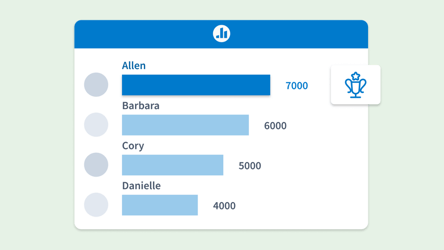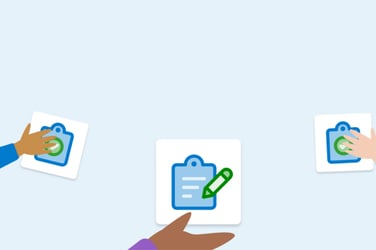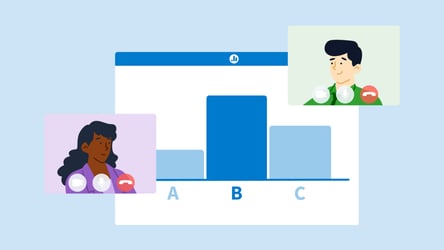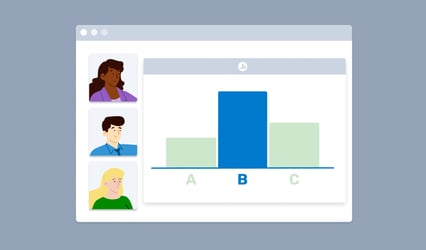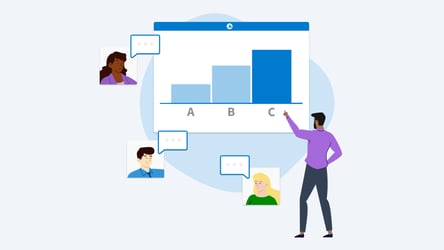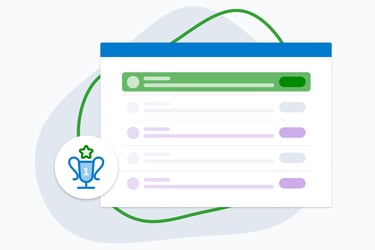Formative Assessment Tools
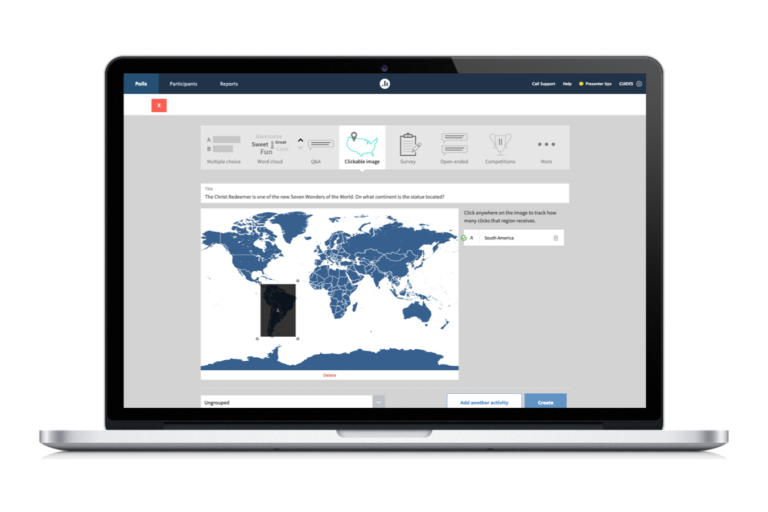
What are Formative Assessment Tools?
Formative assessment tools are instruments or methods used by educators to gather ongoing information about students' understanding, skills, and progress throughout the learning process.
Unlike summative assessments, which typically occur at the end of a unit or course, formative assessment tools are used throughout the course to evaluate student learning and gather immediate feedback. This helps educators adjust their teaching strategies and tailor instruction to better meet the needs of their students. Examples of formative assessment tools include quizzes, polls, observations, discussions, peer assessments, and concept maps.
Why are Formative Assessment Tools Important in Higher Education?
Formative assessment tools are vital in higher education classrooms. They foster active learning, enhance student engagement, and facilitate personalized instruction, which contributes to improved learning outcomes.
Formative assessment tools provide real-time feedback to students, enabling them to instantly assess their comprehension and progress. Educators can utilize the data obtained from formative assessments to make more informed instructional decisions, identifying areas of struggle and adapting teaching strategies accordingly. Formative assessment tools promote active student participation through discussions and interactive quizzes, encouraging a more profound understanding and retention of material.
Integrating these tools into higher education classrooms cultivates a dynamic learning environment where students are actively supported and empowered to achieve their academic goals.
Formative Assessment Examples
Higher education educators have a variety of formative assessment tools at their disposal to gather ongoing feedback and monitor student progress. Here are some examples:
- Classroom Response Systems: These systems allow instructors to pose multiple-choice, true/false, or short-answer questions to students during lectures or discussions. Students respond using their mobile devices or laptops, providing immediate feedback to both the instructor and the class.
- Quizzes and Polls: Instructors can create quick quizzes or polls using online platforms such as Poll Everywhere. These tools enable educators to assess student understanding, gather opinions, or gauge class consensus on a topic in real time.
- Peer Assessment: Peer assessment involves students evaluating the work of their classmates based on established criteria. This can be done through activities like peer review of essays, presentations, or group projects, fostering collaboration and providing diverse perspectives on student work.
- Concept Mapping: Concept mapping allows students to visually organize and connect key concepts, ideas, and relationships. Instructors can use concept maps as formative assessments to assess students' understanding of complex topics and identify areas of confusion or misunderstanding.
- One-Minute Papers: At the end of a class session or lecture, instructors can ask students to write a brief response to a prompt or question related to the day's material. Use a Poll Everywhere Open-ended question to send out this prompt and students can submit answers from their devices. This quick formative assessment provides insight into students' comprehension, questions, or areas requiring further clarification.
- Think-Pair-Share: This strategy involves students individually reflecting on a question or prompt, and then discussing their thoughts with a partner before sharing with the larger group. Instructors can use think-pair-share as a formative assessment to encourage active participation, check for understanding, and promote peer learning.
- Exit Tickets: At the end of a class session, instructors can ask students to respond to a prompt or question on a small slip of paper or through a Poll Everywhere Activity. Exit tickets provide feedback on students' understanding of the day's lesson and help instructors gauge whether learning objectives were met.
- Observations and Checklists: Instructors can use observational techniques and checklists to assess student performance during activities, discussions, or presentations. This formative assessment method allows educators to provide feedback on specific skills, behaviors, or competencies in real time.
Course Planning Template
Simplify your semesters and design your own course plan with our free customizable template. Created with hybrid and online higher ed classrooms in mind, our free printable course planning template includes multiple helpful resources:
- A quick questionnaire to help you brainstorm ideas and consider requirements
- A customizable class plan template with options to track lesson plan status
- Actionable tips for keeping students engaged and improving participation
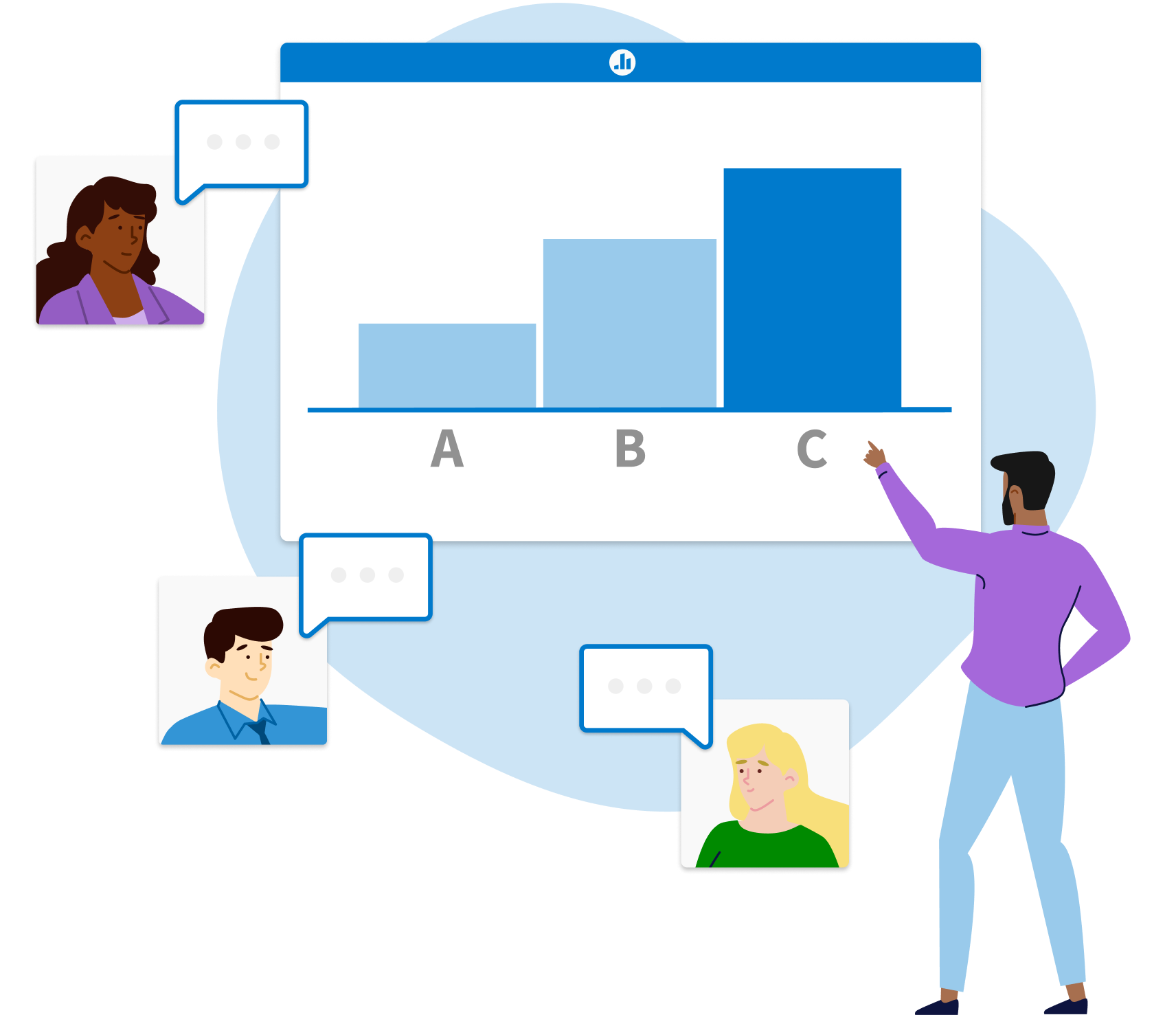
What Tools Help with Formative Assessments?
Educators have access to a wide range of tools and technologies to facilitate formative assessments in their classrooms. Here are some examples of tools commonly used for formative assessments:
- Learning Management Systems (LMS): Platforms like Moodle, Canvas, or Blackboard provide features for creating quizzes, surveys, and assignments that can be used for formative assessments. They also offer grading and feedback functionalities to support the assessment process.
- Classroom Response Systems (CRS): Clickers or mobile device-based response systems, such as Poll Everywhere, allow educators to pose questions to students in real time and receive instant feedback on their understanding of the material.
- Online Quiz and Survey Tools: Survey tools enable educators to create quizzes, surveys, and polls that students can access remotely. These tools provide flexibility in designing assessments and collecting data from students.
- Interactive Whiteboard Apps: Interactive whiteboard apps have features that allow educators to engage students in collaborative activities, brainstorming sessions, or concept mapping exercises during formative assessments.
- Peer Review and Collaboration Tools: Collaboration tools like Google Docs enable peer assessment and collaboration on assignments, essays, or projects. These tools promote active learning and provide opportunities for students to give and receive feedback from their peers.
- Video and Audio Recording Tools: Students can record video or audio responses to prompts, questions, or assignments. Educators can use these tools to assess students' communication skills, presentations, or problem-solving abilities.
- Data Analytics and Assessment Dashboards: Some educational platforms like Poll Everywhere and LMSs provide data analytics and dashboards that allow educators to track student progress, identify trends, and analyze assessment data to inform instructional decisions.
By leveraging these tools and technologies, educators can effectively implement formative assessments in their classrooms, engage students in active learning, and provide timely feedback to support student success.
Formative Assessment Resources
Discover new ways to deliver formative assessments.
Get started with Poll Everywhere
Create engaging and informative easy-to-use assessments and more like live polling, surveys, Q&As, quizzes, word clouds, with Poll Everywhere.
